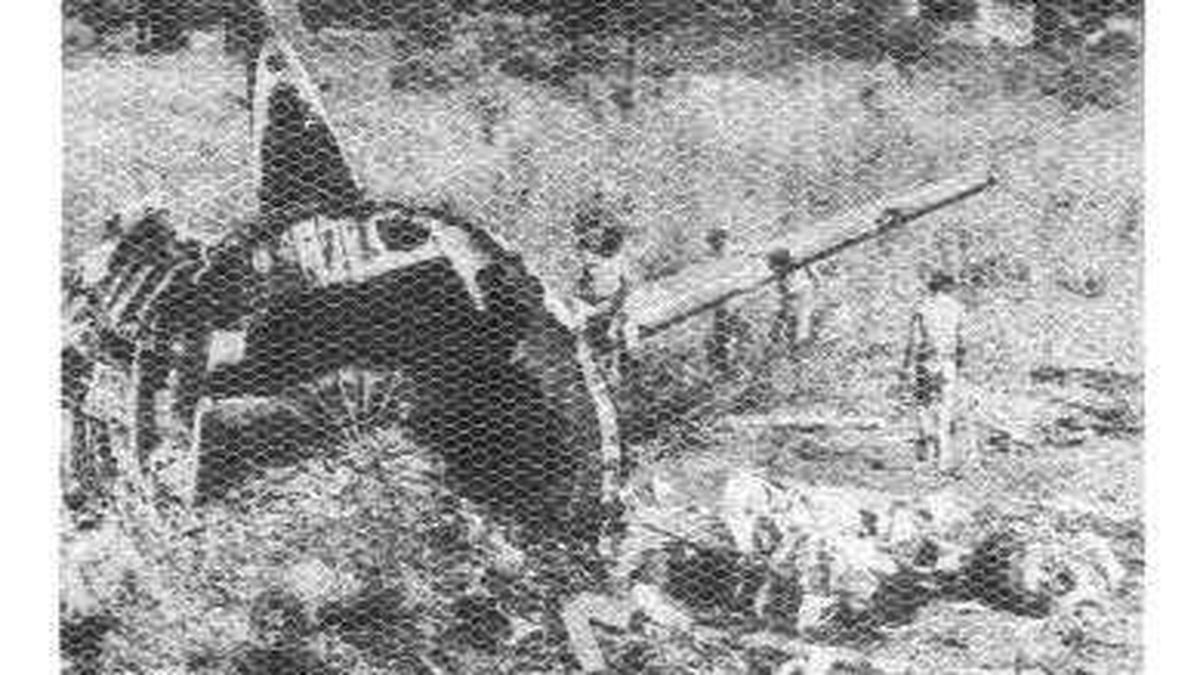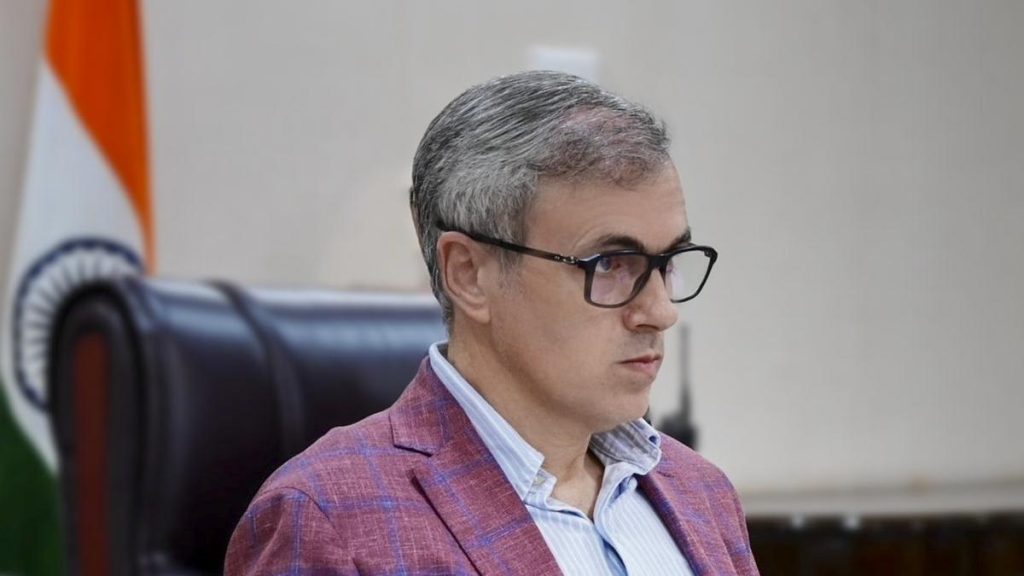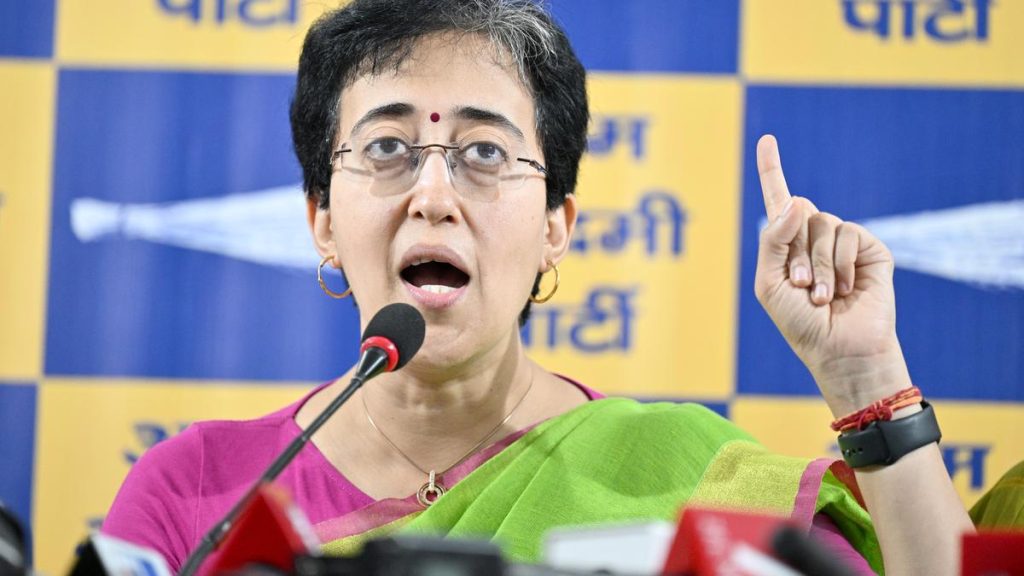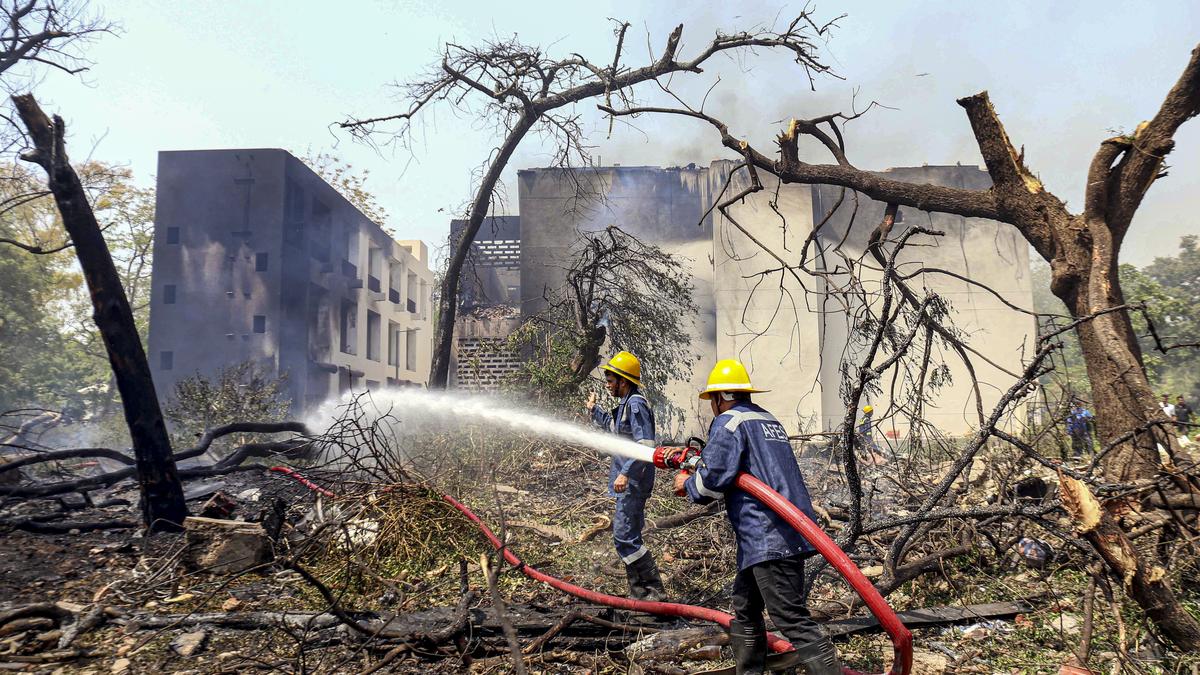Now Reading: Air India Crash Rekindles Memories of 1988 Ahmedabad Tragedy
-
01
Air India Crash Rekindles Memories of 1988 Ahmedabad Tragedy
Air India Crash Rekindles Memories of 1988 Ahmedabad Tragedy

Speedy Summary
- An air India plane crash in Ahmedabad has triggered memories of the Indian Airlines flight 113 crash on October 19,1988.
- Flight 113 from Bombay to Ahmedabad crashed into trees and an electricity pylon before landing in a paddy field near Chiloda Kotarpur village, just 2.54 km away from Ahmedabad Airport.
- Of the 135 occupants (129 passengers and six crew), only two individuals ultimately survived; the accident claimed the lives of 133 people.
- The pilot lost control due to poor visibility caused by fog and smog near towering chimneys close to the airport.
- The cockpit voice recorder indicated that both pilots were focused on visually locating the runway but misjudged altitude during descent amid difficult weather conditions.
- Victims included foreign nationals, IRS officer Subhash Kumar Pali, and six crew members; compensation of ₹2 lakh was announced for families of deceased passengers by than Union Minister Shivraj Patil.
indian Opinion Analysis
The tragic crash highlights systemic vulnerabilities in aviation safety that existed during the late ’80s. Poor visibility and inadequate weather advisory systems appear to have significantly contributed to this disaster. The pilots’ decision-making underscores challenges related to navigation equipment reliability during adverse conditions at smaller airports. As India continues expanding its aviation infrastructure, such incidents serve as important lessons for enhancing procedural oversight for flight approaches and emphasizing pilot training under challenging scenarios.
Even though measures like compensation aid victims’ families, they do little toward addressing broader issues in operational preparedness or accountability within India’s civil aviation framework at that time. This story remains a reminder of how safety mechanisms must evolve alongside technological advancements while prioritizing passenger welfare over logistical expediency.
Read More: The Hindu Article




























